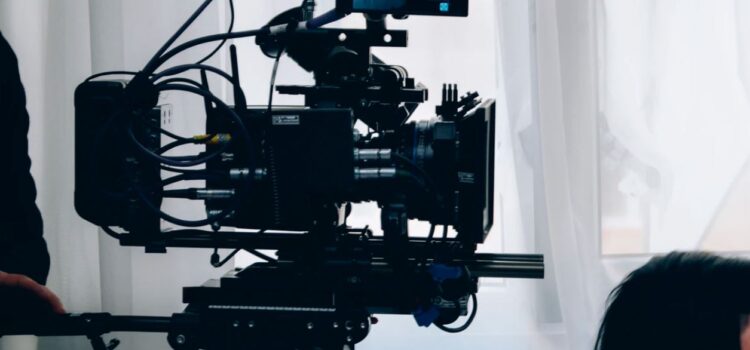

This article is an excerpt from the Shortform book guide to "The Ride of a Lifetime" by Bob Iger. Shortform has the world's best summaries and analyses of books you should be reading.
Like this article? Sign up for a free trial here .
How did Roone Arledge, ABC Sports division president in the 70’s, inspire former Disney CEO Bob Iger? What did Roone teach Iger about management?
Roone Arledge had two important rules as the ABC Sports president, “innovate or die” and “good enough” isn’t enough. Those rules had a strong impact on how Bob Iger later ran Disney.
Keep reading to learn about Roone Arledge and how he inspired Bob Iger’s management style.
Roone Arledge and ABC Sports
In the 1970’s, ABC Sports was a star department at ABC. They produced hit shows like Monday Night Football and Wide World of Sports, and they had exclusive coverage of the Olympics.
A large part of their success was due to the division’s president, Roone Arledge. His strong points of view changed the way sports were broadcasted:
- He understood that sports was not just about the game being played but also about the human drama behind it. Underneath their superhuman performance, athletes were humans who had childhoods, who grew up in a unique way and culture, and had to surmount obstacles to get to where they were.
- If covering sports was about telling stories, then you needed great storytellers to cover them. Roone found great broadcasters, like Jackie Stewart and Howard Cosell, and made them household names.
- Roone Arledge embraced new technology as a way of better achieving his goal of connecting to viewers. He championed innovations like slow-motion replays and live events via satellite. He taught former Disney CEO Bob Iger to “innovate or die,” and to avoid fearing the new.
There Is No “Good Enough”
Roone Arledge was also a perfectionist. He was unwilling to accept “good enough” and demanded greatness. He knew everything about his production and examined minute details. Irritatingly, he would often review the work at the last minute, the night before the broadcast. He’d decide everything needed to be scrapped—the lighting changed, the set redesigned, the introduction re-edited—and cause his team to work overnight to make the deadline. And during the live broadcast, he’d deliver continuous feedback, phoning in from home if he had to.
Roone didn’t accept excuses. If you came to him saying something couldn’t be done, he’d push you to find another way.
This was exhausting, but also inspiring to Bob Iger. People knew that Roone Arledge’s heart was in the right place—to create the best work product possible, regardless of the human cost. Roone was also usually right, and his high expectations lifted what people thought they were capable of doing. Because of Roone’s stature and the quality of his product, people wanted to meet his expectations.
For instance, in 1979, North Korea was hosting the World Table Tennis Championships. Roone wanted to cover it, regardless of how hostile the international politics were, and Bob Iger was assigned to the job. At first, the State Department shot Iger down, saying this grossly violated US sanctions prohibiting any business with North Korea. But knowing Roone wouldn’t accept failure, Iger eventually found a workaround—securing rights through the table tennis organization, not with North Korea directly. They were able to film in North Korea, a breakthrough moment for US media. Iger knew he wouldn’t have done it if Roone weren’t in his head demanding he get the job done.
Capital Cities Acquires ABC
As part of the ABC acquisition, Capital Cities owners Tom and Dan asked Roone Arledge, who at the time was managing both ABC Sports and ABC News, to choose one department. Roone chose News, and Capital Cities brought in their own executive to run Sports.
Bob Iger was soon promoted to senior vice president of programming, where he’d be in charge of all sports programming. This was a big break for him, and especially because Bob’s new boss was a humble manager who let Bob take the spotlight. Embodying Tom and Dan’s values, his boss let Bob lead conversations with senior management and sang his praises to Tom and Dan. Bob made a strong impression.
Despite his formal inexperience, Bob found that he’d learned plenty from Roone Arledge, ABC, and ABC Sports about what made for good television—structure, pacing, clarity—and he soon felt more comfortable trusting his instincts. He would later adopt “innovate or die” and ideas about perfectionism into his own management style at Disney.

———End of Preview———
Like what you just read? Read the rest of the world's best book summary and analysis of Bob Iger's "The Ride of a Lifetime" at Shortform .
Here's what you'll find in our full The Ride of a Lifetime summary :
- How Bob Iger went from television crew member to CEO of Disney
- The 10 major principles behind Iger's management style and success
- How Iger resuscitated Disney Animation by buying Pixar






